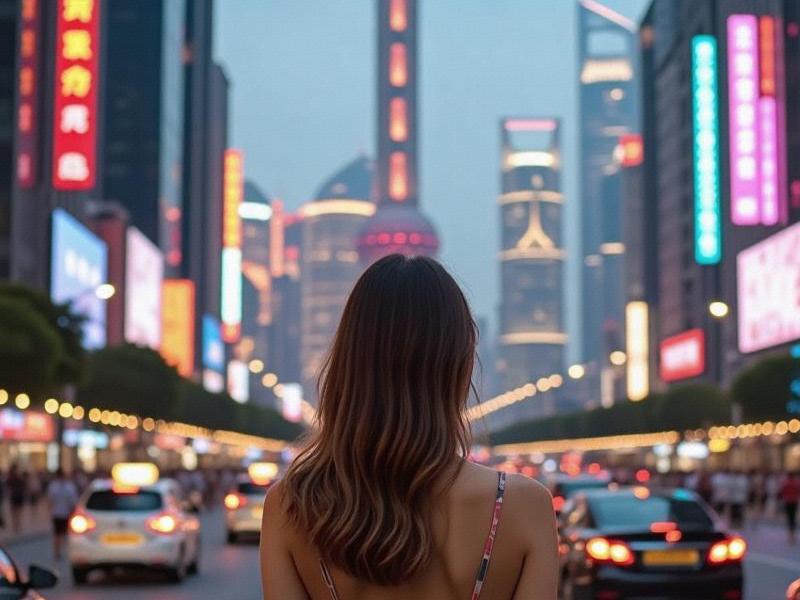This in-depth report examines how Shanghai's entertainment club industry has transformed from traditional karaoke venues to sophisticated leisure complexes, reflecting the city's growing affluence and changing social dynamics.

The neon lights of Shanghai's entertainment districts tell a story of remarkable evolution. What began as simple karaoke boxes in the 1990s has blossomed into a $3.2 billion nightlife industry that sets trends across Asia. The modern Shanghai entertainment club combines luxury hospitality with cutting-edge technology and cultural fusion, creating experiences that cater to both local elites and international visitors.
At the forefront of this transformation is the "Super Club" phenomenon. Establishments like Muse 2 and Linx in the Bund area have redefined upscale nightlife with their multi-level complexes featuring:
- Sound systems engineered by Grammy-winning acousticians
- VIP rooms with private butler service and premium liquor lockers
- Augmented reality dance floors that respond to movement
上海龙凤千花1314 - Celebrity chef-curated late-night menus
Industry data reveals surprising trends. While conventional clubs struggle globally, Shanghai's high-end venues report 18% annual growth, with the average customer spending ¥2,800 ($400) per visit. More remarkably, 65% of patrons are now local professionals rather than expats or tourists. "Shanghai's affluent youth see premium clubs as networking hubs," notes hospitality analyst Zhang Wei.
The KTV sector has undergone its own revolution. Chains like Party World have transformed into "entertainment resorts" offering:
上海娱乐 - AI-powered song recommendation systems
- 8K holographic music videos
- Professional vocal coaching booths
- Gourmet dining with Michelin-starred collaborations
上海品茶论坛 Cultural integration sets Shanghai apart. The popular "Jazz & Jiangnan" concept blends live jazz performances with traditional Suzhou-style interiors. Similarly, clubs like 1933 Millfun incorporate Art Deco elements from Shanghai's golden age while featuring blockchain-powered membership systems.
Regulation has shaped the industry's development. Strict 2018 licensing reforms eliminated disreputable operators while encouraging investment in quality establishments. The resulting market consolidation has produced chains like SIR.TEEN that maintain 20+ locations across the city, each with standardized luxury but unique thematic designs.
Technology integration reaches surprising levels. Face-pay systems allow entry without wallets, smart wristbands track drink purchases, and climate-controlled vaults store patrons' premium liquor collections. Some venues even employ emotion-reading AI to adjust lighting and music based on crowd mood.
As Shanghai positions itself as a global leisure destination, its entertainment clubs serve as both economic drivers and cultural ambassadors. With new mega-projects like the Huangpu River Nightlife Zone set to open in 2026, Shanghai's nightlife evolution shows no signs of slowing - continuing its journey from back-alley karaoke bars to the world's most sophisticated urban playground.